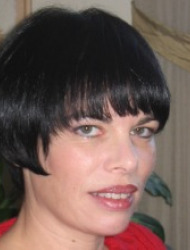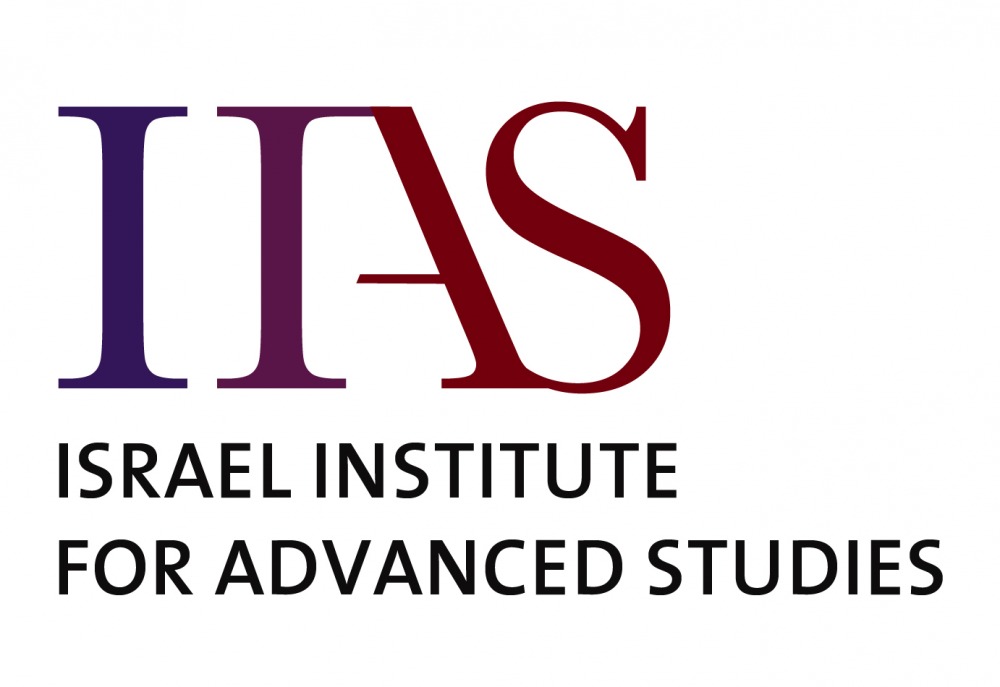
Department of Literature of the Jewish People
Bar Ilan University
My research focuses on poetry written in the first half of the 20th century, at the time when Hebrew modernism was taking shape, and explores historical, socio-literary, cultural and linguistic processes and how they influenced the poets’ spiritual biography and the poetic characteristics of their literary output. This is the case, for example, in my book, Bahir Ve-Gavoha Kezemer: Ya'acov Orland – Poetics, History, Culture (The Ben-Gurion Research Institute, 2016, 512 pages), which attempted to map out the entirety of Orland's literary work and the evolution of his lyrical style over a writing career spanning more than sixty years.
The study traces Orland’s literary efforts in the spheres of lyrical poetry, theater, translation and songwriting. This exploration of Ya’acov Orland’s role and the mark he left on Israel’s cultural map in the early years of the state in the twentieth century was carried out by carefully listening to the various frequencies on which he transmitted – poetry, translation, drama and essay writing – and by closely following the intertextual dialogue held between his works in the different genres.
The monographic nature of the study required a systematic and chronological reading of all his writings, both published and in manuscript form, in all the various versions. Most of the material was given to me by Orland himself, from 1998 on to Bar-Ilan University, as the research infrastructure for the writing of the monograph. To complete the archive, I supplemented it with documents and manuscripts, as well as source material from other archives, including "Gnazim Institute", the Nathan Alterman Institute, the Israeli Documentation Center for the Performing Arts, the Central Zionist Archives and the archive of the Israel Labor Party. The archive material revealed the importance of manuscript-based reading and of comparing drafts that appeared in the manuscript with the final version that went to print, with special attention paid to deletions, additions and changes. I demonstrated this in an article I wrote that explored how the text was framed, “27 Poems – Natan Would Say” (Dapim Lemekhkar Besifrut, 2009) and the disparities between the author’s spontaneous, unedited copy and the reworked, final version that appears in the book.
I explored other aspects of Orland’s work in an article I wrote about the cultural-ideological climate he worked in, in the 1930s (Iyunim Bitkumat Yisrael, 2005) and in an article on the fighting and resistance songs that Ya'acov Orland wrote together with Mordechai Zeira during their service in the British army’s Hebrew Entertainment Troupe. In these songs, Orland created a new poetic language that had a major impact on Israel’s militaristic ethos (Cathedra, 2008). Another article deals with the ballad “The day of Tel Faher,” and how Orland's addressed the gap between the historic truth of the failure of the battle and the mythic impression left by the battle in the IDF’s official combat legacy (Hebrew Studies, 2013).
The monographic study of Orland led me to examine the cultural and socio-literary aspects of Eretz Israel modernism during the Yishuv period, including a research project I conducted under the auspices of the Heksherim Institute of the Ben-Gurion University of the Negev – regarding the mapping out of the Tel Aviv cafes that in the 1930s and 1940s were a major venue for the Tel Aviv cultural and literary scene.
This polysystemic study of a poet’s literary and cultural activities ties in naturally with my previous research into the poetry of Uri Zvi Grinberg and the connection between it and his and journalistic writings in the 1920s. In my book, Lenoga Nekudat Hapele (Haifa University and Zmora-Bitan, 2006) and other articles on the work of Uri Zvi Grinberg , I explored the link between his poetry and journalistic writings in terms of the linguistic organization of the text (for example, Criticism and Interpretation, 2005), but also as a broader cultural-aesthetic phenomenon, examining the reception of Grinberg’s work in light of the unique ethos of the Third Aliyah (Prooftexts, 2009, JJS, 2014), or on the backdrop of the historical contexts of the time, in the first decade of the British Mandate. (Israel Studies, 2013).
Another research topic emanating from this is my research into the social and linguistic aspects of political poetry, such as my study on the use of perverted images as a poetic key in the political poetry of Rami Ditzani (Tzafon, 2004), and on the poetry published in the aftermath of the disengagement from Gaza (Iyunim Bitkumat Israel, 2017; clc, in print). In a series of lectures, “Poetry and Politics: Between Pre-State and State”, I gave on the University of the Air, IDF Radio (Fall Semester 2011-2012), I discussed representative test cases of the twentieth century to see how poetry played an active role is shaping the Zionist ethos, as well as in undermining its integrity and validity. The discussion of these issues was published, accompanied by an expanded critical apparatus, in my book published by the Ministry of Defense and Modan, 2019 (346p.).
The linkage between poetic and linguistic discourse also interests me. In collaboration with Zohar Livnat, I edited a special issue of Criticism and Interpretation (2005) exploring these links. In recent years, we have been conducting joint research on the language of the poetry of Uri Zvi Grinberg, especially the collocations he used in his poetic and journalistic writings. We have published a number of articles thus far on these subjects (Criticism and Interpretation, 2005; “Uri Zvi Grinberg’s Streets of the River – Research and Documents,” 2007; Shofar 2005).
My current book focusing on the unique relationships created at the end of the Third Aliyah between the poet Uri Zvi Grinberg and his pioneer readership, the people of the Labor Movement. The story of UZG’s reception into the Labor Camp in Palestine from 1923-1937. It is based on UZG’s poetic writings and articles published during that time-period, and on materials found in the poet’s personal archive in the Manuscripts Department of the Israel National Library, at the Lavon Institute for the Research of the Labor Movement, the “Gnazim” Archive, and the Jabotinsky Archive, etc. The narrative regarding UZG’s relations with the Labor Camp was charged and emotional, a mixture of enchantment and rejection, adoration and vituperation, spiritual closeness and disgust. From a critical-historical perspective, this book is meant to expose the strength of that complex connection and all its various hidden layers, beginning in the 1920s and until the end of the 1930s. My book, The Poetry and Essays of Uri Zvi Grinberg: Politics and Zionism - sis going to be published soon at Routledge | Taylor & Francis Group.
My future research will continue my reseaches on the poetry and journalistic writings of Uri Zvi Grinberg, with a focus on the years 1927-1931 and the historical and socio-literary aspects of these years, focusing on Grinberg’s transition from the pioneer movement to the Revisionist movement. This research is supported by the Israel Science Foundation (ISF – No. 299/16) and its initial findings were published in the Journal of Modern Jewish Studies, 2019, 1-24. During my work on the project, the need to sketch out an extensive picture of the contexts of Uri Zvi Grinberg’s literary and cultural activities – historical, cultural, political, artistic and linguistic – became evident. These contexts typify Grinberg’s work from the early twentieth century, both in Yiddish and in Hebrew, and are distinctly expressed in the years that I focus on in my current study.
4

